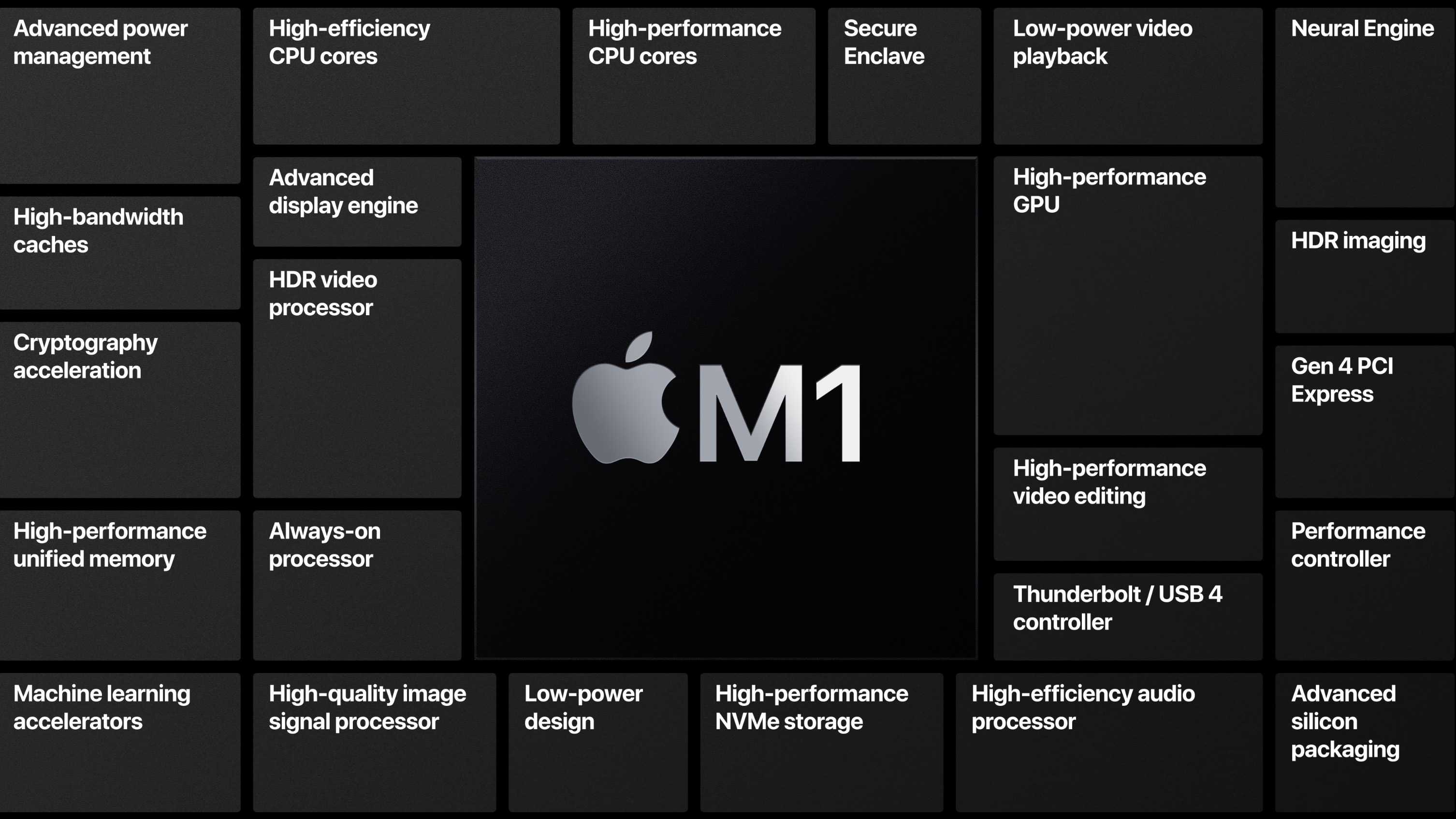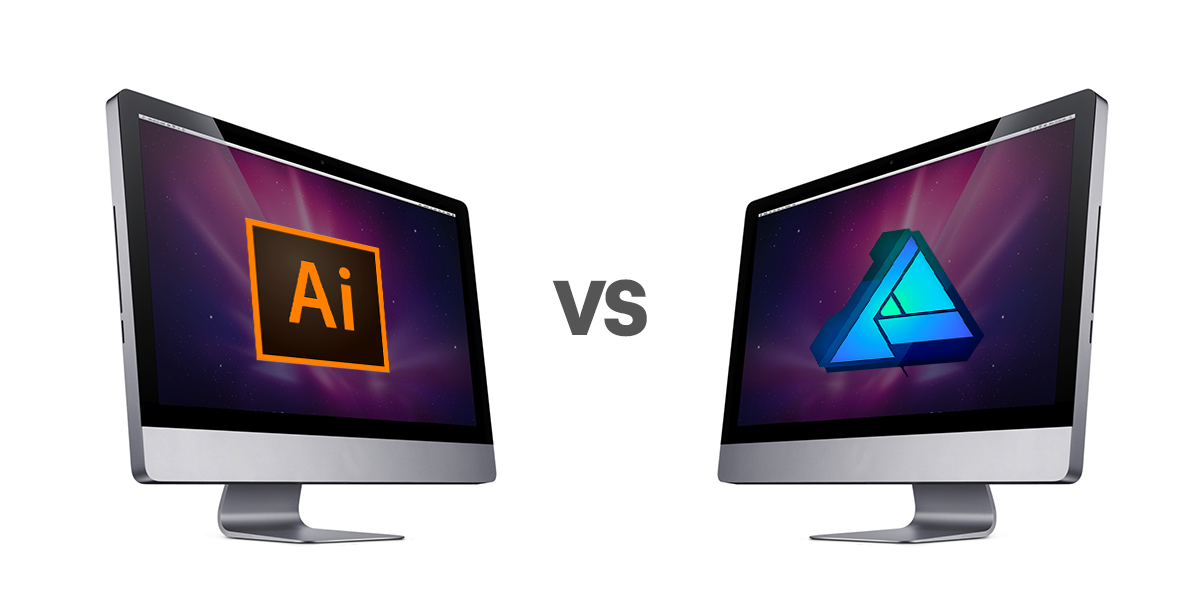
- WHY IS MAC MEANT FOR PHOTOSHOP COMPARED TO WINDOWS SOFTWARE
- WHY IS MAC MEANT FOR PHOTOSHOP COMPARED TO WINDOWS MAC
We not only got the great advantage of just the raw performance of our GPU, but just as important was the fact that with the unified memory architecture, we weren't moving data constantly back and forth and changing formats that slowed it down.
WHY IS MAC MEANT FOR PHOTOSHOP COMPARED TO WINDOWS SOFTWARE
Federighi suggested Apple's success with the M1 is partially due to rejecting this inefficient paradigm at both the hardware and software level: When users run demanding, multifaceted applications, the traditional pipelines may end up losing a lot of time and efficiency moving or copying data around so it can be accessed by all those different processors. UMA stands for "unified memory architecture." When potential users look at M1 benchmarks and wonder how it's possible that a mobile-derived, relatively low-power chip is capable of that kind of performance, Apple points to UMA as a key ingredient for that success. It's a whole different custom chip, but we do use the foundation of many of these great IPs. It's not like some iPhone chip that is on steroids. Then we said, "Now it's time to go build a custom chip for the Mac," which is M1. So we've been building these great technologies over a decade, and then several years back, we said, "Now it's time to use what we call the scalable architecture." Because we had the foundation of these great IPs, and the architecture is scalable with UMA. As you may know, we started with our own CPU, then graphics and ISP and Neural Engine. The foundation of many of the IPs that we have built and that became foundations for M1 to go build on top of it… started over a decade ago. There are many, many capabilities we engineered into M1 that were requirements for the Mac, but those are all superset capabilities relative to what an app that was compiled for the iPhone would expect.
WHY IS MAC MEANT FOR PHOTOSHOP COMPARED TO WINDOWS MAC
We had done lots of analysis of Mac application workloads, the kinds of graphic/GPU capabilities that were required to run a typical Mac workload, the kinds of texture formats that were required, support for different kinds of GPU compute and things that were available on the Mac… just even the number of cores, the ability to drive Mac-sized displays, support for virtualization and Thunderbolt. Because as we set out to build a Mac chip, there were many differences from what we otherwise would have had in a corresponding, say, A14X or something. The M1 is essentially a superset, if you want to think of it relative to A14. When Apple first announced its plans to launch the first Apple Silicon Mac this year, onlookers speculated that the iPad Pro's A12X or A12Z chips were a blueprint and that the new Mac chip would be something like an A14X-a beefed-up variant of the chips that shipped in the iPhone 12 this year. "We really needed our own custom silicon to deliver truly the best Macs we can deliver."įurther Reading Apple walks Ars through the iPad Pro’s A12X system on a chip"During the pre-silicon, when we even designed the architecture or defined the features," Srouji recalled, "Craig and I sit in the same room and we say, 'OK, here's what we want to design.

"We want to create the best products we can," Srouji added. to apply everything we’ve learned to the systems that are at the core of how we live our lives is obviously a long-term ambition and a kind of dream come true. And the Mac remains the tool that we all use to do our jobs, to do everything we do here at Apple. And so to have the opportunity. And the Mac is what brought many of us to Apple.
I mean, the Mac is what brought many of us into computing.

We started with that big idea: "Why? And why now?" We got a very Apple response from Federighi: While we had to get in a few inquiries about the edge cases of software support, there was really one big question on our mind: What are the reasons behind Apple's radical change? Why? And why now? In a conversation shortly after the M1 announcement with Apple SVP of Software Engineering Craig Federighi, SVP of Worldwide Marketing Greg Joswiak, and SVP of Hardware Technologies Johny Srouji, we learned that-unsurprisingly-Apple has been planning this change for many, many years.Īrs spoke at length with these execs about the architecture of the first Apple Silicon chip for Macs (the Apple M1). And this week, Apple finally took the big step that those engineers were preparing for: the company released the first Macs running on Apple Silicon, beginning a transition of the Mac product line away from Intel's CPUs, which have been industry-standard for desktop and laptop computers for decades. Further Reading Mac mini and Apple Silicon M1 review: Not so crazy after allTo hear Apple's Craig Federighi tell the story, it sounds a bit like a callback to Steve Wozniak in a Silicon Valley garage so many years ago.


 0 kommentar(er)
0 kommentar(er)
